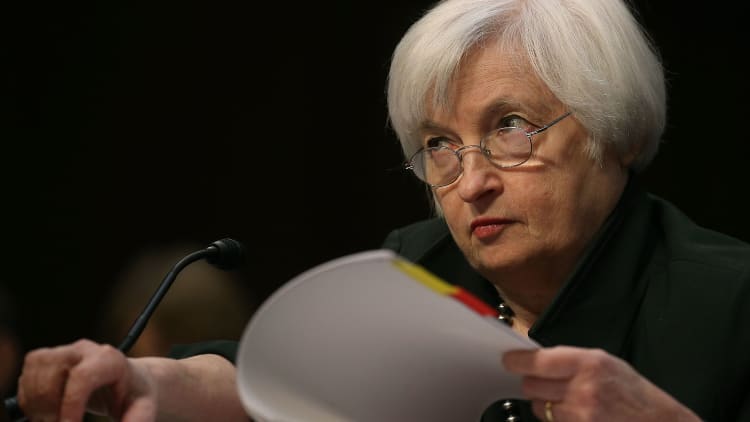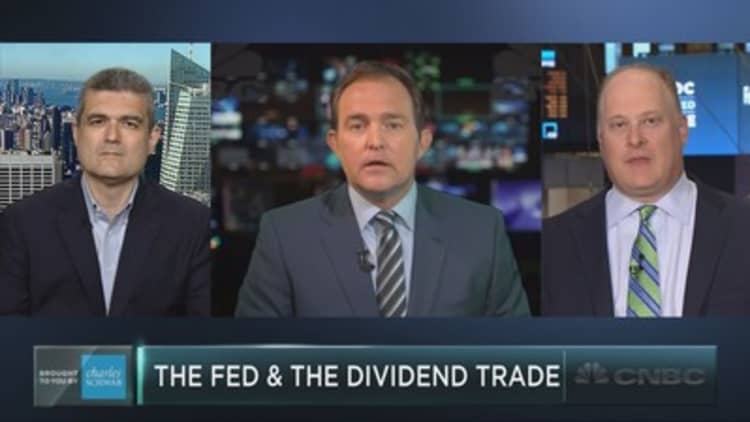
The quarter-point interest rate increase expected this week will impact millions of borrowers, many of whom will find it difficult to make monthly payments on credit card and other types of debt that's about to become more expensive.
While it may not sound like much on paper, the Federal Reserve's anticipated move Wednesday to hike its benchmark interest rate target up a quarter point will have ramifications.
Financial information services firm TransUnion found that when the Fed made a similar move back in December 2016, some 8.6 million consumers could not absorb the hit. Though the move cost the average debt-holder just $18 a month, it "caused a financial challenge to millions of consumers" in the three months after it hit.
Moreover, the harm was not just to folks at the bottom of the credit ladder.
"The bad news is there are people, not just subprime or near-prime but prime, prime-plus and super prime (affected) that lenders may not think about," said Nidhi Verma, senior director of research and consulting for TransUnion. "This is something they need to be mindful of."
TransUnion breaks the impact down:
[subprime = 300-600 credit score; near prime = 601-660; prime plus = 721-780; super prime = 781-850]
The Fed had held its funds rate near zero for about seven years after taking it there during the financial crisis. Since December 2015 the central bank has sought to normalize the policy it undertook to guide the economy out of its worst slump since the Great Depression.
Consumers took advantage of the rates, rolling up loads of cheap credit for consumer loans, mortgages and student debt. Consumers now hold $3.8 trillion in total debt, an increase of 31 percent over the past five years, according to Fed data.
Of that total just over $1 trillion is revolving debt — basically credit cards and lines of credit. That kind of debt is impacted almost immediately when the Fed raises rates. A Fed hike triggers a corresponding move in the prime rate, which is what lenders use for a base on what to charge.
To be sure, the impact to mortgage borrowers will be minimal because those loans are based on longer term rates which have failed to go higher despite the Fed increases.
"What will be surprising is superprime (borrowers) also will have negative ability to absorb this hike," Verma said. "As the consumers near not having the capacity to make these payments, certainly credit access will be curtailed."
Personal finance experts advise borrowers living on the edge credit-wise to put aside an emergency fund for unforeseen increases. TransUnion estimates that another 1 percentage point increase in the Fed funds rate — which theoretically could come over the next year or so — would harm 2.5 million consumers.
Those holding student loans are particularly susceptible. Education-related debt is at $1.4 trillion, up a whopping 36.3 percent over the past five years. The average rate is on the rise, going from 3.76 percent last year to 4.45 percent for the 2017-18 term, and there's a sense that the atmosphere in Washington is getting unfriendly.
"These interest rate increases are relatively small and won't drastically change folks' monthly loan burdens," said Brianna McGurran, student loan expert at NerdWallet. "But it's a tough climate for borrowers in general right now."
Watch: Will Fed statement heat up dividend stocks?



